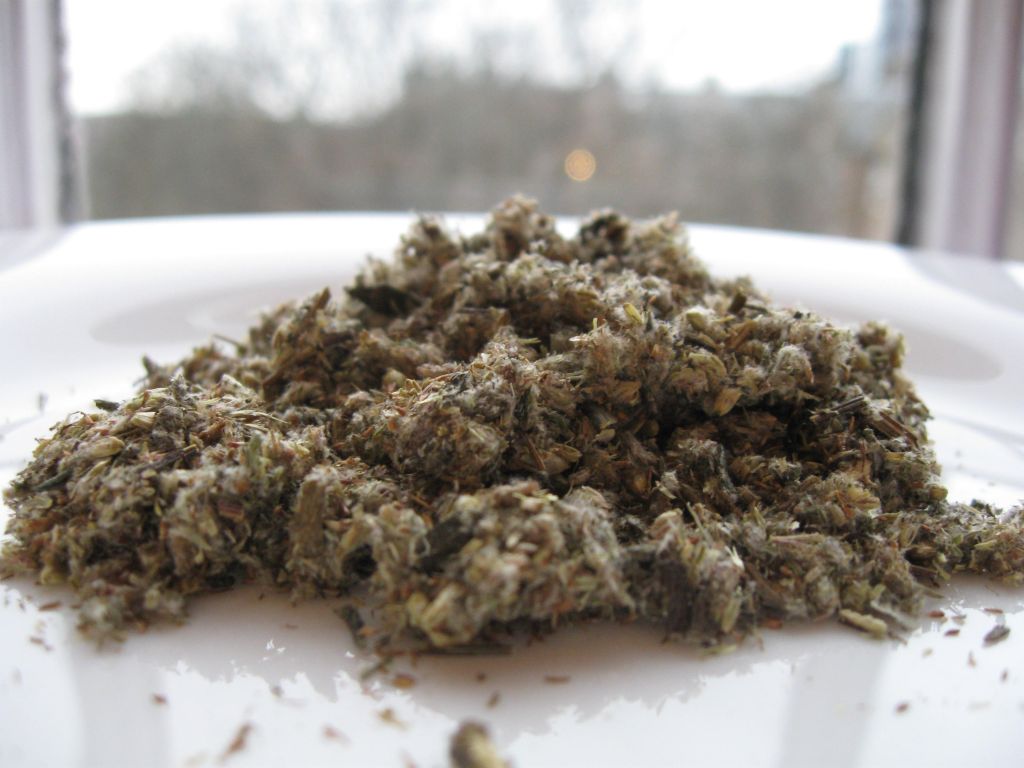Why Mugwort?

Rinpoche was born in a remote village in eastern Bhutan called Khenpajong, which doesn’t exist anymore. Khenpajong means “village of mugwort” in the local language. Thus, Rinpoche is the mugwort-born.
Mugwort is a form of artemisia and can be a tea or a tincture or smoked. It is a dream herb. It is often used as one of the main ingredients in sleep pillows, and it said to bring the dreamer more lucid dreams. The Roman soldiers used to put it in their sandals for stamina. In the European Middle Ages, it was used as a magical protective herb. It has been used by gardeners as insect repellant, especially moths. Mugwort has also been used since ancient times as a remedy against fatigue and to protect travelers against evil spirits and wild animals. It is one of the nine herbs invoked in the pagan Anglo-Saxon Nine Herbs Charm, recorded in the 10th century in the Lacnunga. Grieve’s Modern Herbal (1931) states that “in the Middle Ages, the plant was known as Cingulum Sancti Johannis, and was believed to have been worn by John the Baptist in a girdle. A crown made from its sprays was worn on St. John’s Eve to gain security from evil possession, and in Holland and Germany one of its names is St. John’s Plant, because of the belief, that if gathered on St. John’s Eve it gave protection against diseases and misfortunes. Mugwort is a favorite of wise women because of its effects on the female reproductive system. It can be used as a uterine stimulant that will bring on delayed menstruation and help restore a woman’s natural monthly cycle. As all the bitter herbs, mugwort is an excellent digestive stimulant and is effective taken before or after heavy meals to alleviate gas and bloating. Mugwort is also often used as a smudging ceremonial herb. It is mildly sedative and useful in calming frayed nerves and easing stress. A combination of agrimony, mugwort and vinegar is an excellent treatment for sciatica or muscular stiffness.*
Our friends in Japan would like to add a bit about mugwort from their perspective: Mugwort grows everywhere in Japan. Its medicinal effects have been widely recognized since ancient time, and it has been used, amongst others, for helping blood circulation and stopping a cut from bleeding. Mugwort appears in the famous Japanese classic literature, Makuranosoushi, written in the early 11th century, to be used together with iris on the annual seasonal festival of May 5th to drive away evil spirits. The most popular way of using mugwort in Japan is as an ingredient of a Japanese sweet, yomogi mochi, the recipe of which can go back to the 17th century.
*Most of this was lifted from Wikipedia